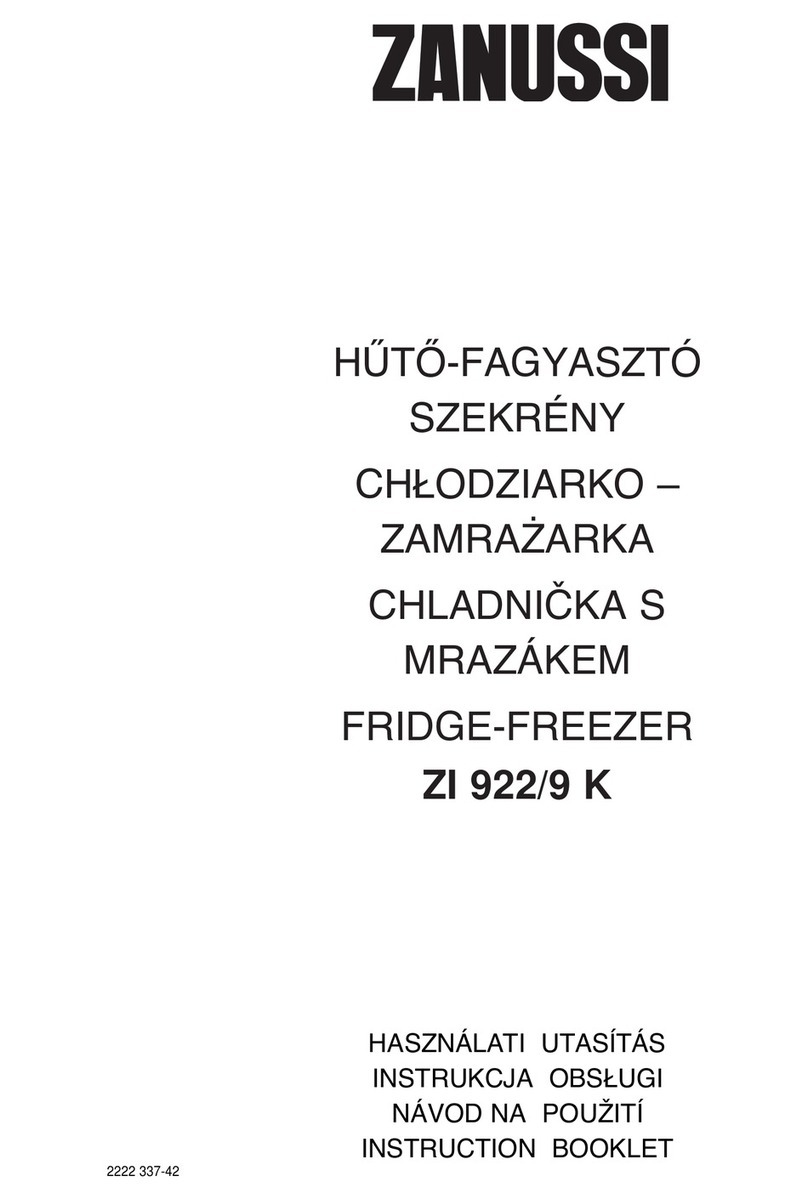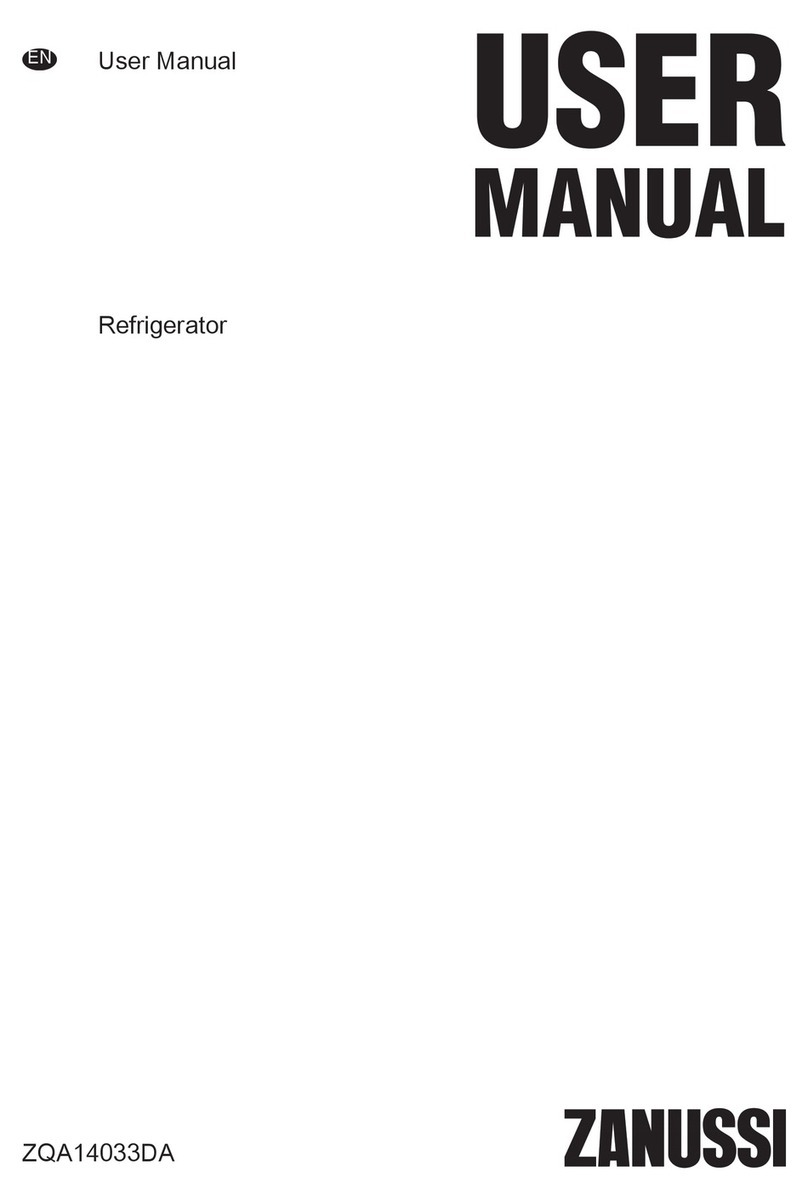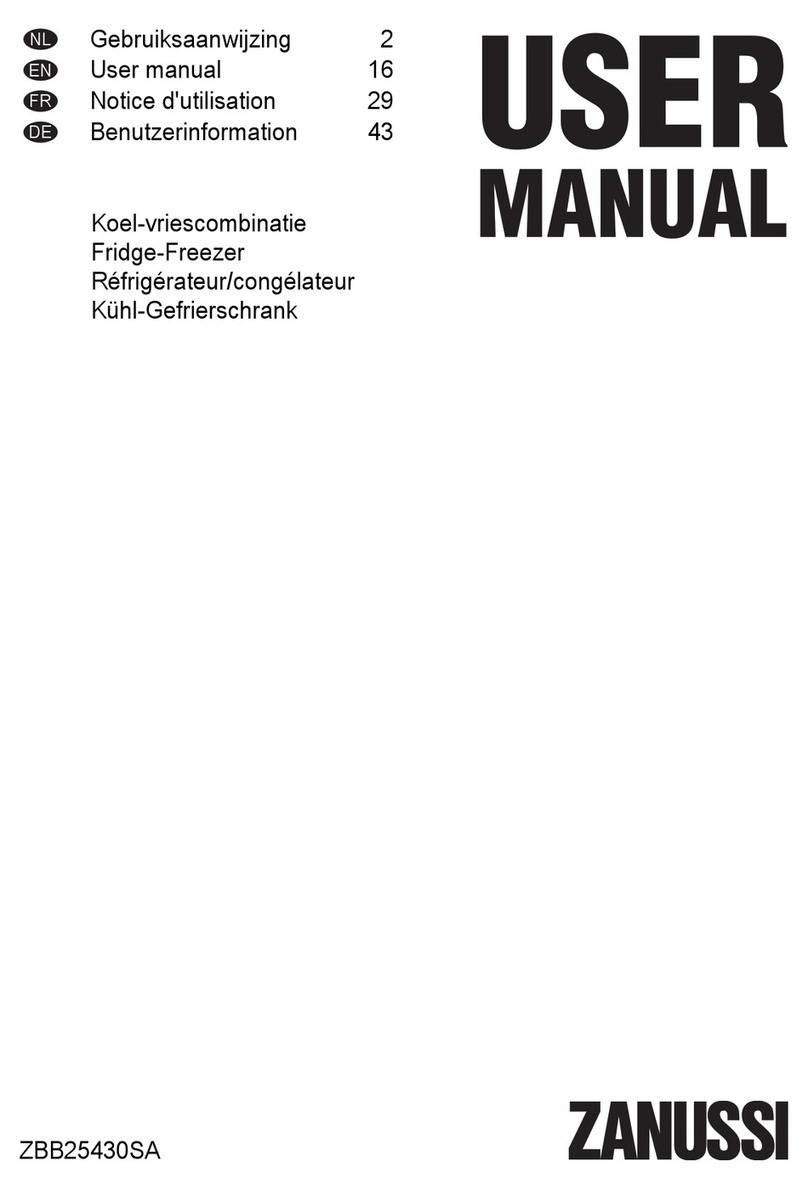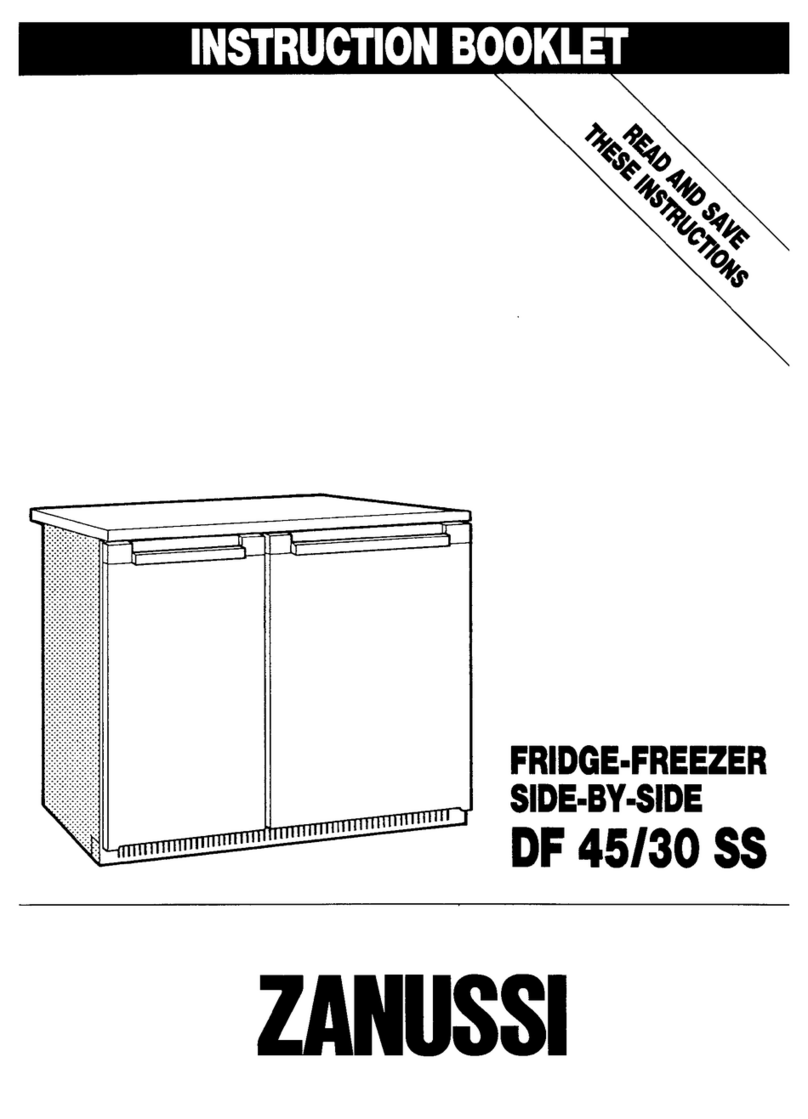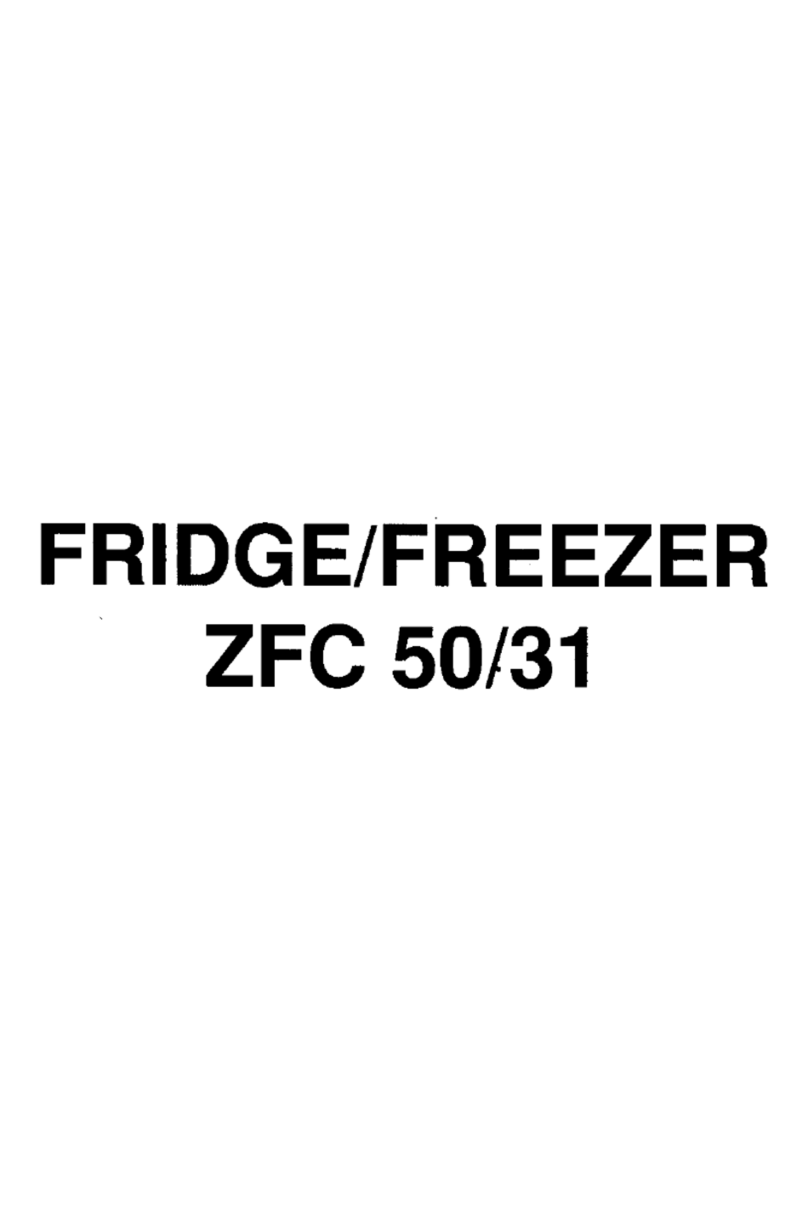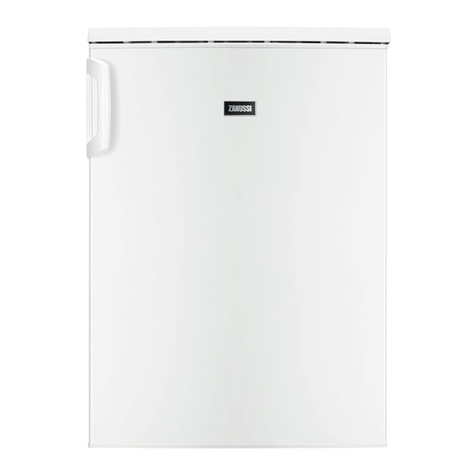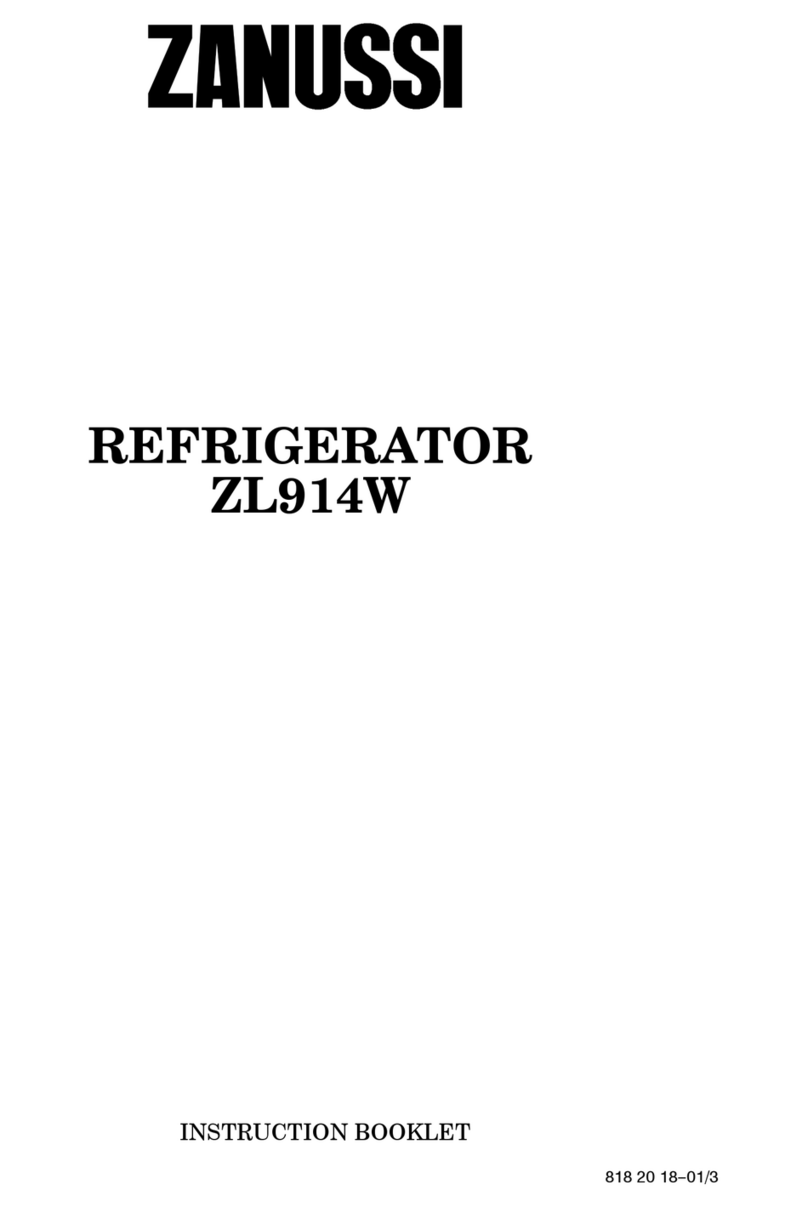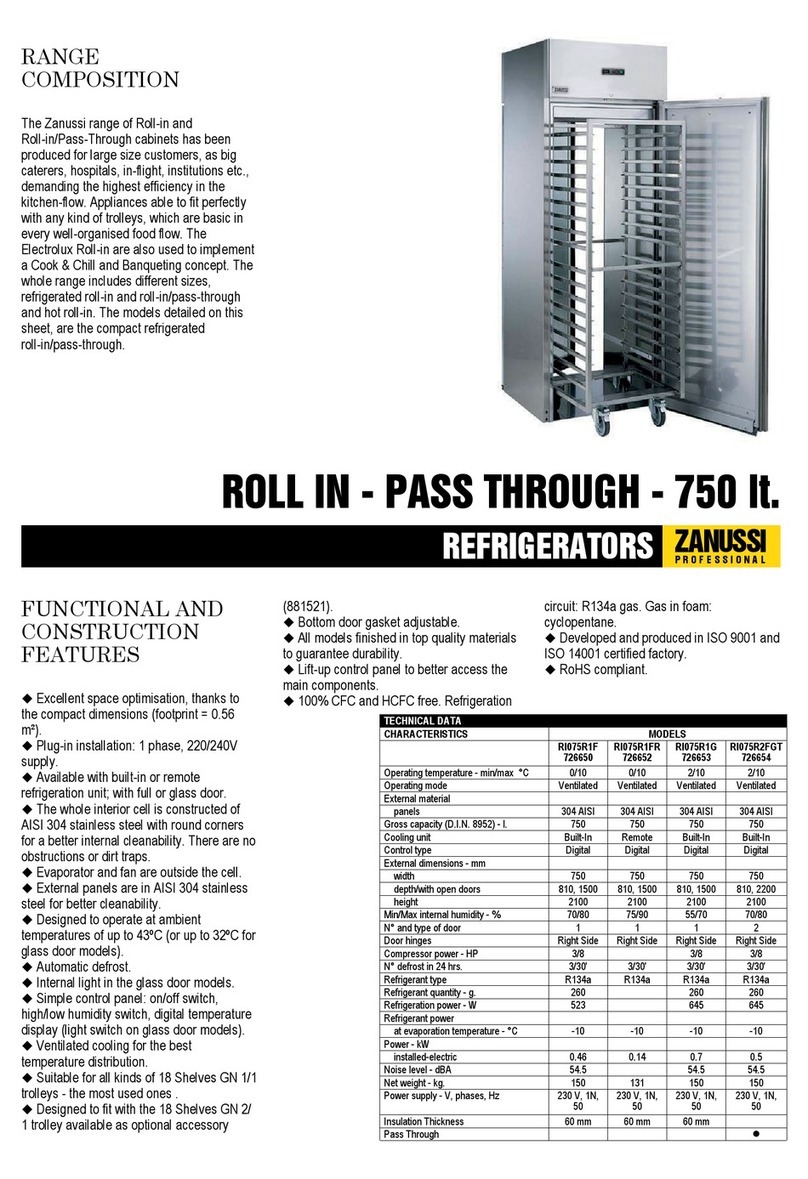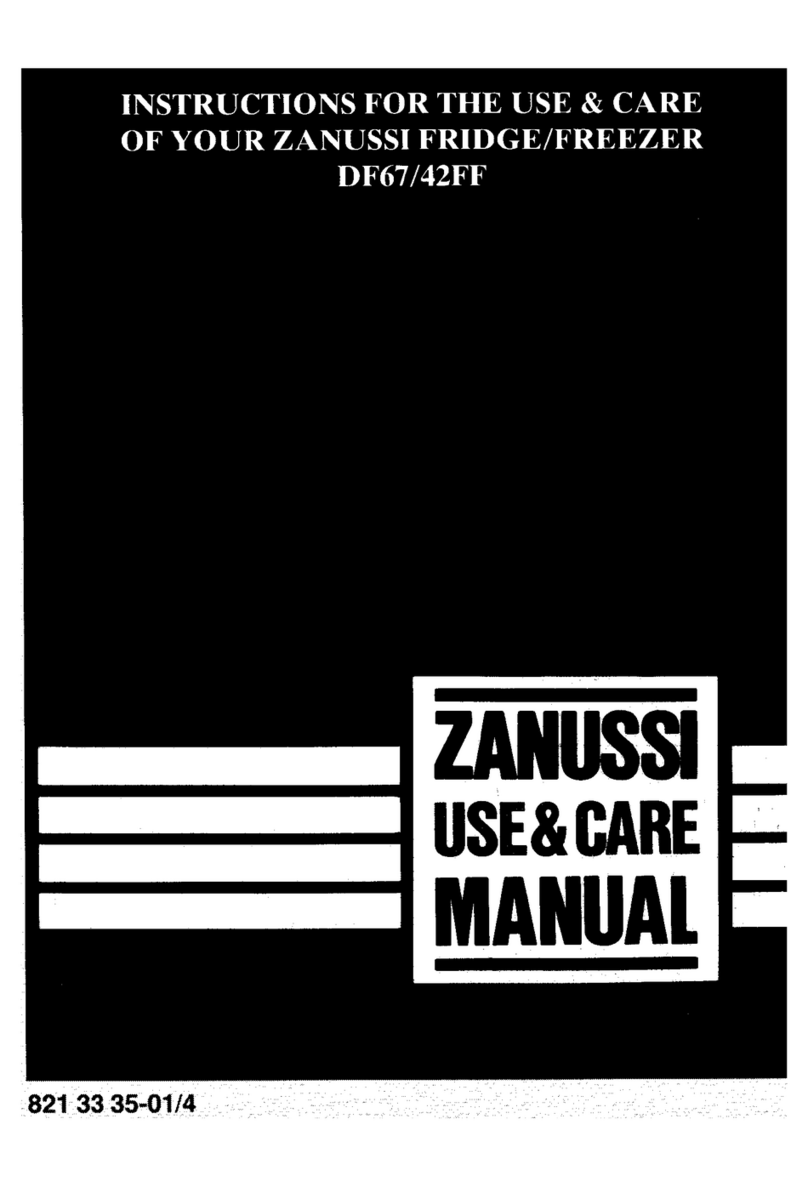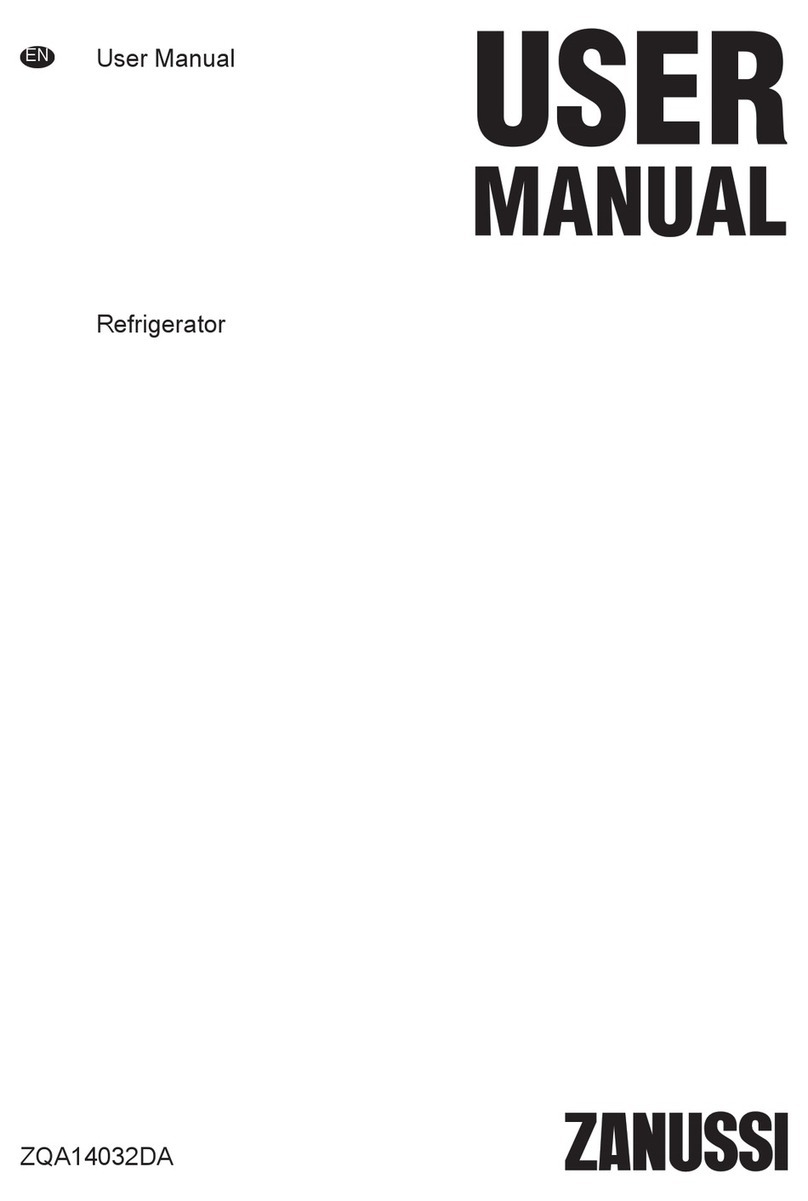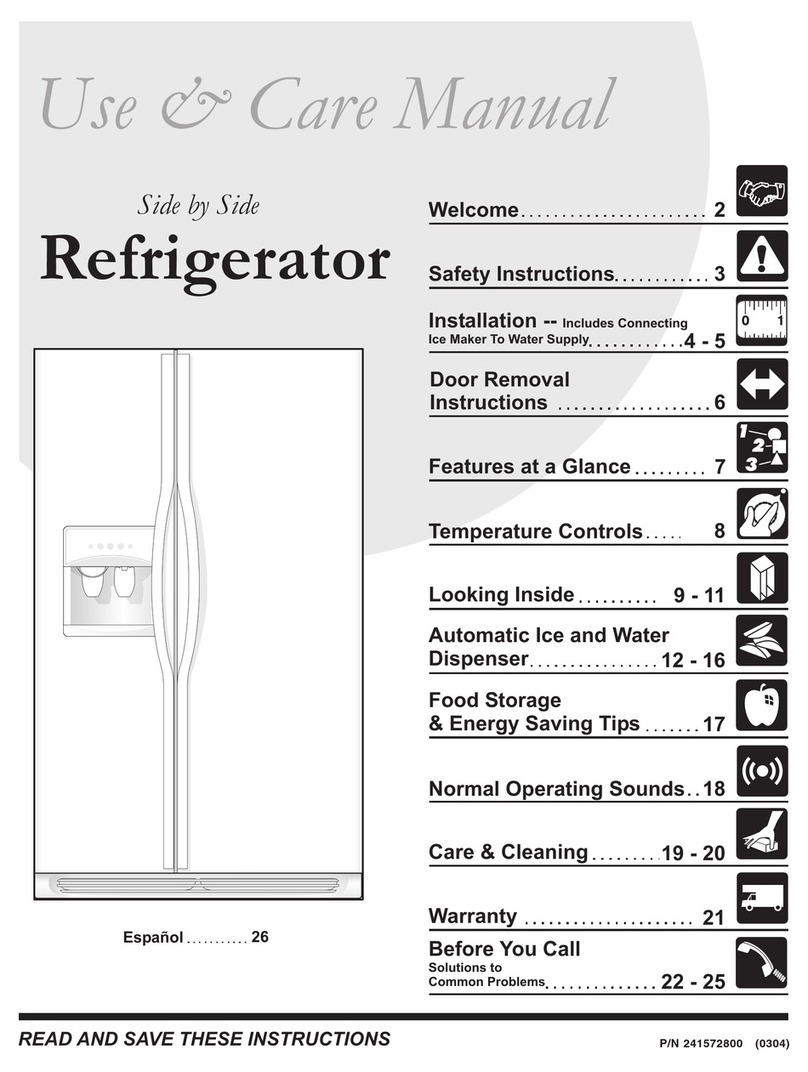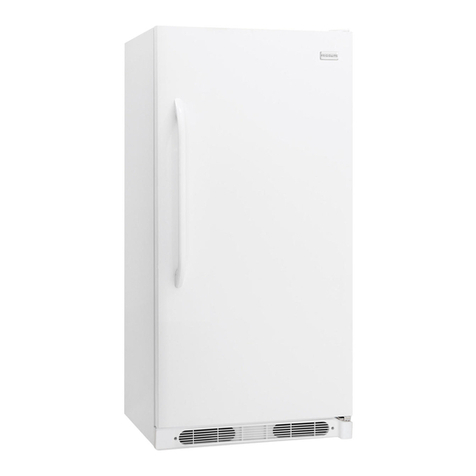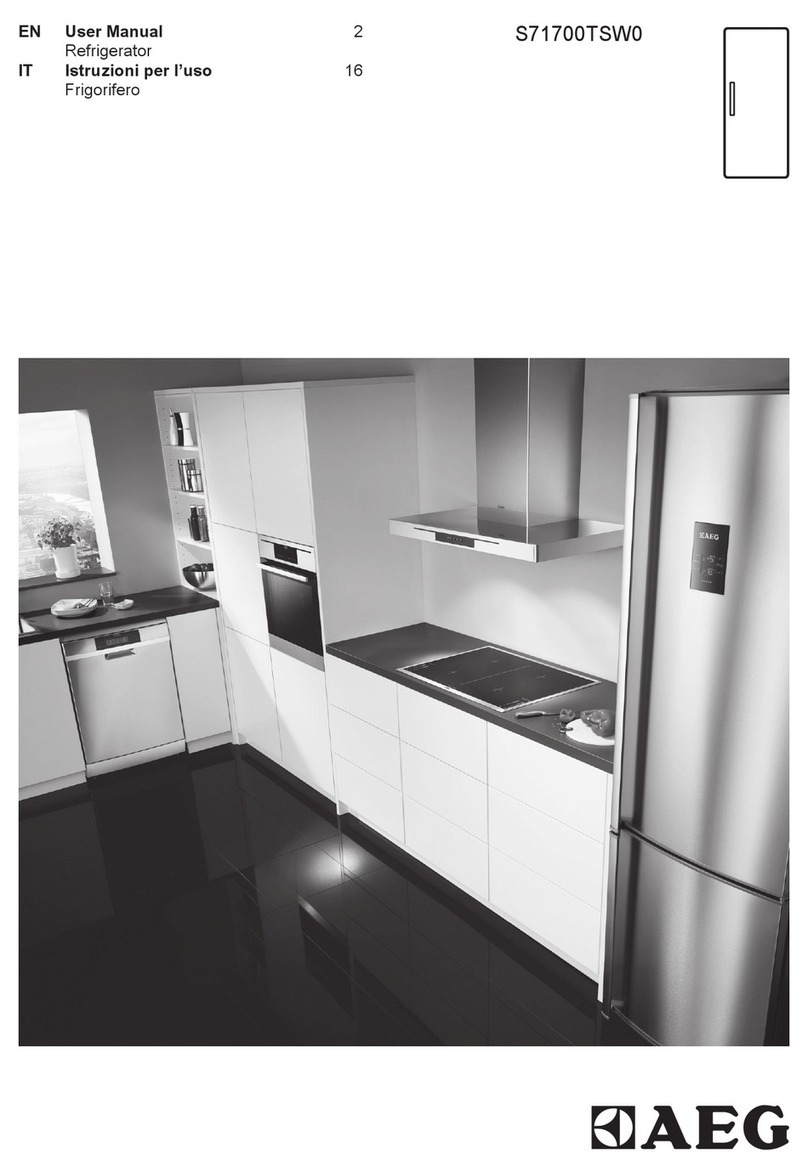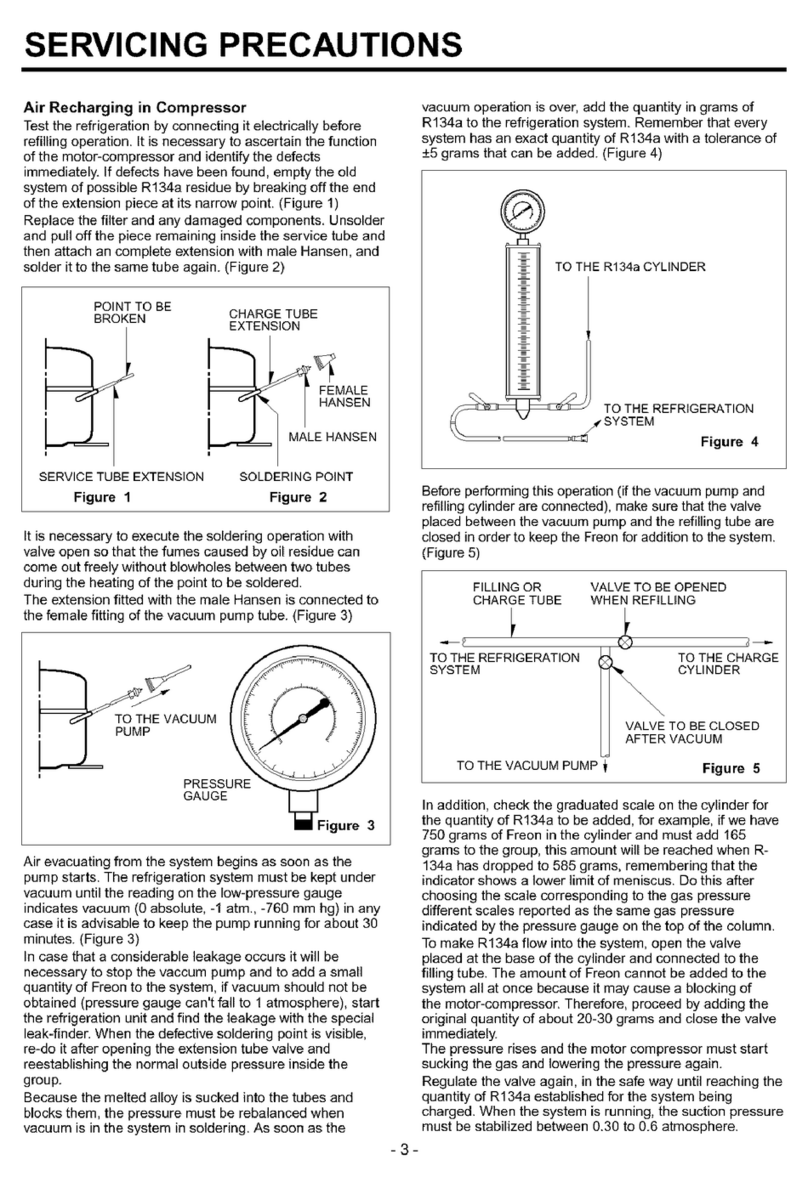2
These warnings are provided in the interests of your safety. Ensure that you understand them all
before installing or using this appliance. If you are unsure of the meanings of these warnings contact
the Customer Care Department.
Installation
This appliance is heavy. Care should be taken
when moving it.
It is dangerous to alter the specifications or
attempt to modify this product in any way.
Ensure that the appliance does not stand on the
electrical supply cable. If the supply cable is
damaged, it must be replaced by a cable available
from your local Service Force Centre.
Any electrical work required to install this
appliance should be carried out by a qualified
electrician or competent person.
Parts which heat up should not be exposed.
Whenever possible, the back of the appliance
should be close to a wall, but leaving the required
distance for ventilation, as stated in the installation
instructions.
The appliance should be left for 2 hours after
installation before it is turned on, in order to allow
the refrigerant to settle.
Child Safety
Do not allow children to tamper with the controls or
play with the product.
Keep all packaging material away from children.
During Use
This appliance is designed for domestic use only,
specifically for the storage of edible foodstuffs only.
It is not intended for commercial or industrial use.
Containers with flammable gases or liquids can
leak at low temperatures. Do not store any
containers with flammable materials, such as
spray cans, fire extinguisher refill cartridges etc. in
the refrigerator.
Frozen food should not be refrozen once it has
thawed out.
Do not place carbonated or fizzy drinks in the
freezer compartment.
Ice lollies can cause frost/freezer burns if
consumed straight from the freezer compartment.
Do not remove items from the freezer compartment
if your hands are damp/wet, as this could cause
skin abrasions or frost/freezer burns.
Bottles and cans must not be placed in the freezer
compartment as they can burst when the contents
freeze.
Maintenance and Cleaning
Before cleaning, always switch off the appliance
and disconnect from the electrical supply.
When unplugging always pull the plug from the
mains socket, do not pull on the cable.
Servicing
This product should be serviced by an authorised
engineer and only genuine spare parts should be
used.
Under no circumstances should you attempt to
repair the appliance yourself. Repairs carried out
by inexperienced persons may cause injury or
serious malfunction. Contact your local Zanussi
Service Force Centre.
Important Safety Information
Manufacturers recommended storage times
should be adhered to. Refer to the relevant
instructions.
